Abstract:
Background: Non-alcoholic fatty liver disease (NAFLD) has become one of the most prevalent chronic liver conditions globally, closely associated with obesity and metabolic dysfunction. Although the worldwide prevalence of NAFLD is increasing, national-level studies examining obesity-related NAFLD mortality in the United States remain limited. Characterizing temporal trends and identifying disparities are essential for guiding prevention efforts and informing public health policy.
Methods: We analyzed CDC WONDER mortality data from 1999–2020 across all age groups. NAFLD-related deaths were identified using ICD-10 codes K76.0 and K75.81, with obesity (ICD-10 codes E66.0, E66.1, E66.2, E66.8, E66.9) recorded as an underlying or contributing cause. Temporal trends were assessed using crude and age-adjusted mortality rates (CMR, AAMR), annual percent change (APC), and average APC (AAPC) with 95% confidence intervals.
Results: Between 1999 and 2020, a total of 155,737 obesity- and NAFLD–related deaths were recorded in the United States. The crude mortality rate (CMR) increased from 1.1 (95% CI: 1.0–1.1) to 4.3 (95% CI: 4.2–4.3) per 100,000, while the age-adjusted mortality rate (AAMR) rose from 1.1 (95% CI: 1.1–1.1) to 3.6 (95% CI: 3.6–3.7). Joinpoint analysis identified inflection points around 2001–2002: CMR grew 9.1% annually (95% CI: 6.1–12.3) before 2002 and 5.8% (95% CI: 1.5–10.2) thereafter, with an overall AAPC of 6.4% (95% CI: 2.3–10.6). AAMR followed a similar pattern, with an AAPC of 5.6% (95% CI: 1.9–9.6) in men and 5.4% (95% CI: –0.7–11.9) in women. Racial disparities were evident, with American Indian/Alaska Natives experiencing the highest AAMRs and Asian/Pacific Islanders the lowest. Regional differences were also observed: mortality rates were consistently highest in the South and Midwest, intermediate in the Northeast, and lowest in the West, though all regions demonstrated significant upward trends over time.
Conclusions: Obesity-associated NAFLD mortality in the United States has increased markedly over the past two decades, with overall crude and age-adjusted rates rising more than threefold. Mortality trends accelerated in the early 2000s and have continued upward, with higher burdens among men, American Indian/Alaska Native populations, and residents of the South and Midwest. These findings highlight substantial demographic and regional disparities, underscoring the urgent need for targeted obesity prevention and liver health strategies to mitigate the growing impact of NAFLD on public health.




